Acetonitrile
Synonym(s):ACN;Acetonitrile;Methyl cyanide;Acetonitrile solution;Cyanomethane
- CAS NO.:75-05-8
- Empirical Formula: C2H3N
- Molecular Weight: 41.05
- MDL number: MFCD00001878
- EINECS: 200-835-2
- SAFETY DATA SHEET (SDS)
- Update Date: 2024-05-06 18:26:58

What is Acetonitrile ?
Description
Acetonitrile is a liquid with an etherlike odor. It is a highly polar, volatile solvent used in many different industrial applications. It is widely used in the pharmaceutical, photographic, chemical, and analytical industries. It is useful as an industrial solvent for the separation of olefins, polymers, spinning fibers, and plastics. Other uses include the extraction and refining of copper and by-product ammonium sulfate; used for dyeing textiles and in coating compositions; used as a stabilizer for chlorinated solvents; manufacture of perfumes and cosmetics; and as a general reagent in a wide variety of chemical processes.
Description
Acetonitrile is a solvent also known as methyl cyanide, cyanomethane, and ethanenitrile. It is colorless, volatile (bp 82 °C), flammable (flash point 2 °C), and toxic. It is miscible with water and most organic solvents except for some saturated hydrocarbons. J.-B. Dumas first prepared acetonitrile in 1847. In 1924, H. Adkins and B. H. Nissen developed the?first acetonitrile manufacturing method?by dehydrating acetamide.
Currently, acetonitrile is obtained as a coproduct of the acrylonitrile process. In 2008, the economic downturn decreased demand for acrylonitrile and reduced the supply of acetonitrile. To prevent future acetonitrile shortages, R. Fehrmann at the Technical University of Denmark (Kongens Lyngby) recently developed a?“green” synthesis of the solvent?from ethanol- and ammonia-derived ethylamine.
Description
Acetonitrile (ACN) is a polar aprotic solvent used for a variety of different reactions. Common reactions employing ACN as a solvent include substitutions, SNAr reactions, brominations, and iodinations. Acetonitrile is also widely used as part of the mobile phase in HPLC and LCMS. The use of ACN as a reagent is not very common, but one example is in Ritter reactions.
The Uses of Acetonitrile
Acetonitrile is the simplest organic nitrile. It is a by-product of the manufacture of acrylonitrile, and acetonitrile has, in fact, replaced acrylonitrile. Acetonitrile has a number of uses, primarily as an extraction solvent for butadiene; as a chemical interme- diate in pesticide manufacturing; as a solvent for both inorganic and organic compounds; to remove tars, phenols, and coloring matter from petroleum hydrocarbons not soluble in acetonitrile; in the production of acrylic fi bers; in pharmaceuticals, perfumes, nitrile rubber, and acrylonitrile-butadiene-styrene (ABS) resins; in high-performance liquid and gas chro- matographic analysis; and in extraction and refi ning of copper. It is used as a starting material for the produc- tion of acetophenone, alpha-naphthalenacetic acid, thiamine, and acetamidine.
The Uses of Acetonitrile

A mixture of the alkyl bromide (B) (500 mg, 3.40 mmol), the amine (A) (1.14 g, 6.80 mmol), and Cs2CO3 (2.21 g, 6.80 mmol) in ACN (10 mL) was stirred at 80 C for 16 h. After concentration, the residue was purified by silica gel column chromatography (6:1 PE/EtOAc) to provide the product as a yellow solid. [358 mg, 45%]
What are the applications of Application
Acetonitrile is a polar aprotic organic solvent
What are the applications of Application
Acetonitrile, HPLC Reagent is an HPLC reagent filtered through 0.2μ filters
Properties of Acetonitrile
| Melting point: | -45 °C (lit.) |
| Boiling point: | 81-82 °C (lit.) |
| Density | 0.786 g/mL at 25 °C (lit.) |
| Flash point: | 48 °F |
| storage temp. | Store at +5°C to +30°C. |
| solubility | organic solvents: soluble(lit.) |
| form | liquid |
| appearance | Colorless liquid |
| color | <10(APHA) |
| Odor | Aromatic ether-like odor detectable at 40 ppm |
| Water Solubility | miscible |
Safety information for Acetonitrile
| Signal word | Danger |
| Pictogram(s) |
 Flame Flammables GHS02  Exclamation Mark Irritant GHS07 |
| GHS Hazard Statements |
H225:Flammable liquids H319:Serious eye damage/eye irritation |
| Precautionary Statement Codes |
P210:Keep away from heat/sparks/open flames/hot surfaces. — No smoking. P280:Wear protective gloves/protective clothing/eye protection/face protection. P301+P312:IF SWALLOWED: call a POISON CENTER or doctor/physician IF you feel unwell. P303+P361+P353:IF ON SKIN (or hair): Remove/Take off Immediately all contaminated clothing. Rinse SKIN with water/shower. P305+P351+P338:IF IN EYES: Rinse cautiously with water for several minutes. Remove contact lenses, if present and easy to do. Continuerinsing. |
Computed Descriptors for Acetonitrile
Abamectin manufacturer
Soham Chemical Industries
UNILOSA INTERNATINAL PRIVATE LIMITED
Azeocryst Organic Private Limited
JSK Chemicals
Sahastra Chemicals Private Limited
New Products
3-N-BOC-(S)-AMINO BUTYRONITRILE 4-Piperidinopiperidine 2-Methyl-4-nitrobenzoic acid 2-(4-bromophenyl)-2-methylpropanoic acid 4-Acetyl-2-methylbenzoicacid Acetyl-meldrum's acid Ethyl-4-Pyrazole carboxylate 2,6 Di acetylpyridine 2,6-Pyridinedimethanol 5,7-Dichloro-3H-Imidazo[4,5-B]Pyridine 5-Bromo-2-Methoxy-4-Methyl-3-Nitropyridine 2-Fluoro-5-Iodopyridine 2-Fluoro-5-Methylpyridine 2-Chloro-3-Bromo-5-Amiopyridine METHYL-4-(BUTYRYLAMINO)3-METHYL-5-NITROBENZOATE TRANS-CYCLOBUTANE-1,2- DICARBOXYLIC ACID 5-Nitro indazole R-(-)-5-(2-AMINO-PROPYL)-2-METHOXY-BENZENESULFONAMIDE 1,3-cyclohexanedione 4-Aminophenaethylalchol 3-NITRO-5-ACETYL IMINODIBENZYL (S)-(+)-4-BENZYL-2-OXAZOLIDINONE 4-FLUORO PHENYL MAGNESIUM BROMIDE 1.0 M IN THF 1-HYDROXY-4-METHYL6-(2,4,4-TRI METHYL PHENYL)-2-PYRIDONE MONO ETHANOL AMINE(PIROCTONE OLAMINE)Related products of tetrahydrofuran



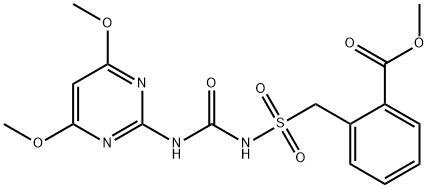
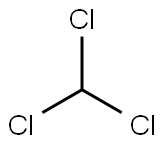
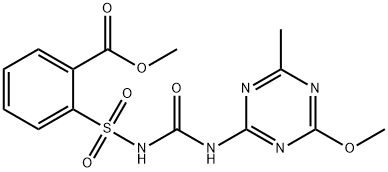


You may like
-
 Acetonitrile 99%View Details
Acetonitrile 99%View Details -
 Acetonitrile 99%View Details
Acetonitrile 99%View Details -
 75-05-08 99%View Details
75-05-08 99%View Details
75-05-08 -
 Acetonitrile 99%View Details
Acetonitrile 99%View Details
75-05-8 -
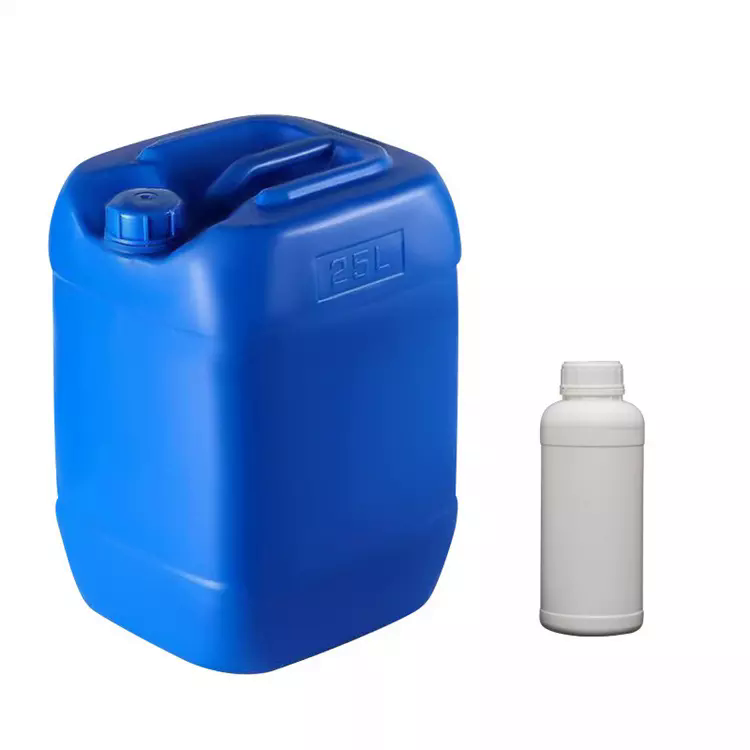 Acetonitrile, 99% 99%View Details
Acetonitrile, 99% 99%View Details -
 Acetonitrile, HPLC Grade 99%View Details
Acetonitrile, HPLC Grade 99%View Details -
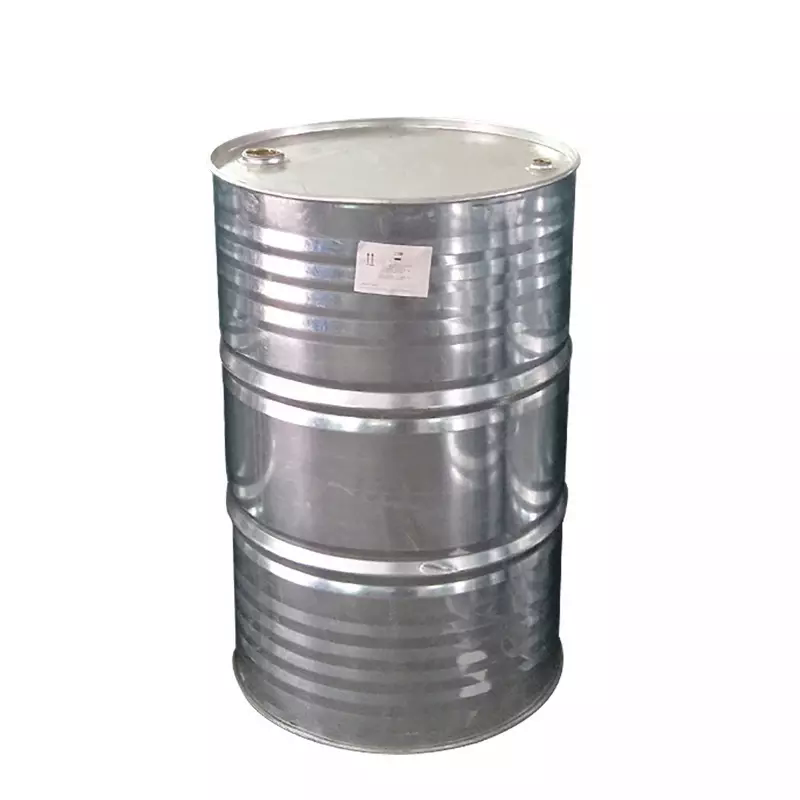 Acetonitrile, GC Grade 99%View Details
Acetonitrile, GC Grade 99%View Details -
 75-05-8 99%View Details
75-05-8 99%View Details
75-05-8